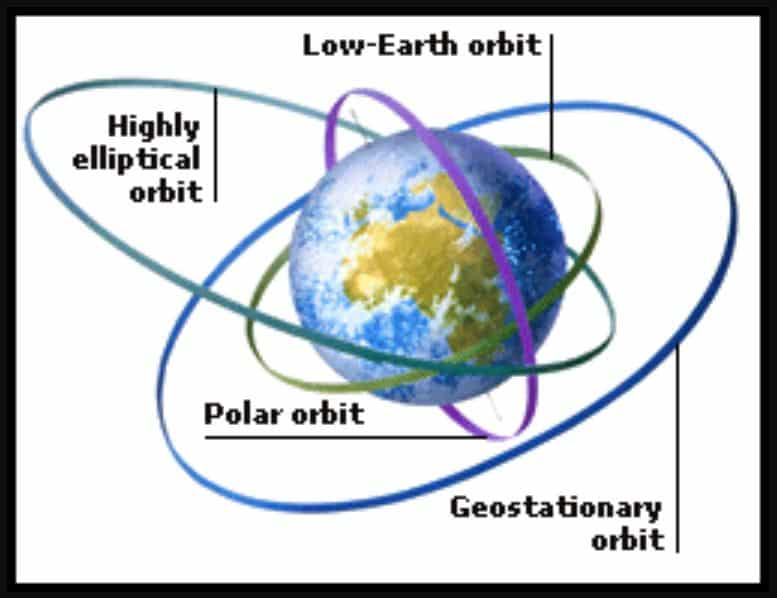Fram2 Mission and Polar Orbit | 04 Apr 2025
SpaceX has launched the Fram2 mission, which lifted off aboard a SpaceX Crew Dragon capsule from NASA’s Kennedy Space Center in Florida.
- This private spaceflight is the first human mission to follow a polar orbit (a trajectory never before traveled by humans) and aims to conduct research on spaceflight’s impact on the human body during a free-flying mission.
- Polar Orbit: It is a type of low Earth orbit (200–1000 km altitude) where satellites travel around Earth from, roughly, one pole to the other (may deviate up to 10 degrees from exact polar orbit), rather than from west to east.
- These orbits are ideal for global Earth observation as they provide complete surface coverage.
- Traveling Through Polar vs Equatorial Orbit:
|
Aspect |
Polar Orbit |
Equatorial Orbit |
|
Radiation Exposure |
Higher, due to weaker magnetic field at poles |
Lower, protected by Earth's magnetic field |
|
Fuel Requirements |
Higher, no rotational boost, more energy-intensive |
Lower, benefits from Earth's eastward rotation |
|
Rescue and Recovery |
More complex, remote polar regions, delayed support |
Easier, established recovery zones like Atlantic/Pacific |
|
Communications |
Challenging, limited ground stations at poles, mitigated recently |
Easier, mid-latitude ground stations well-supported |
|
Historical Use |
Rare for crewed, common for satellites, past projects canceled |
Common, e.g., ISS, Shuttle missions, well-established |
| Read more: India's Satellite Launch by SpaceX |

